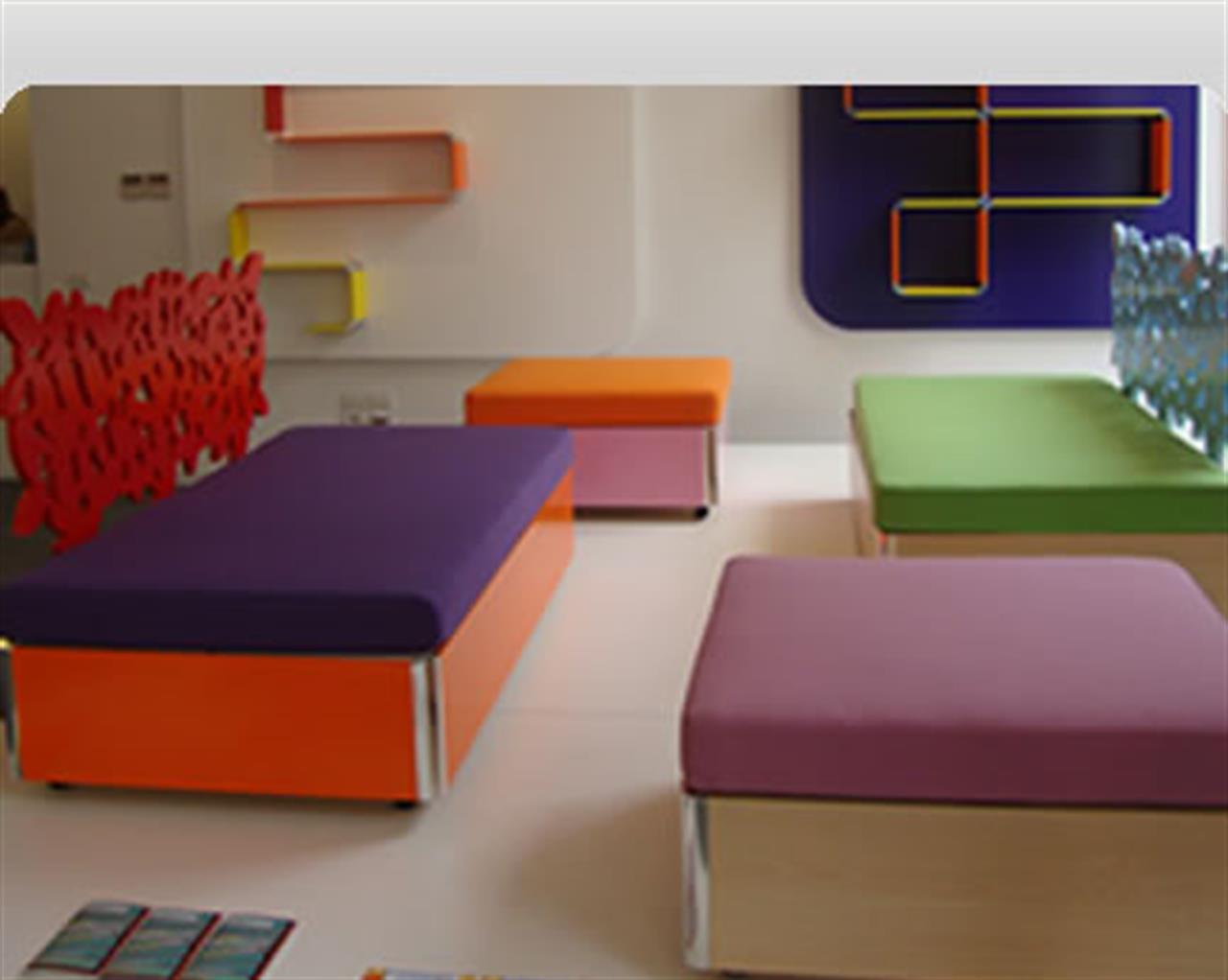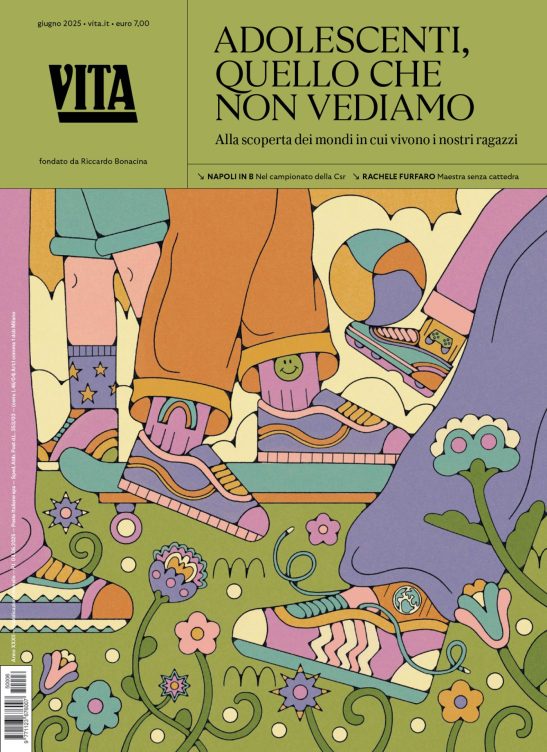Non profit
Design to make people smile
Interview with Luca Trazzi, Italian architect and designer

Italian designer and architect Luca Trazzi (born 1962) is at Milan design week 2011 with a very colourful and innovative collection of home containers which uses recycled materials, non-toxic coatings and sustainably sourced wood.
After graduating in architecture in Venice, Trazzi moved to Milan where he worked alongside world renowned architect Aldo Rossi, cooperating with him on many different projects, such as Milan’s congress building and the city centre of Kuala Lumpur, Malaysia. In 1993 he opened his own design and architecture studio in Milan. In 2000 Trazzi became co-CEO of designboom, Europe’s trendy design e-magazine. For the 2009 edition of the Milan Design Week he installed a sustainable energy tower in the courtyard of the Statale University, made up of modular light panels that use solar energy to alight.
Trax, the collection you are presenting this year, is very sustainable…
Yes, I designed it for Foppa Pedretti, an Italian company which is committed to looking after its environment. They are very careful of all the proceses inviolved in their production: from paints cycle to the use of recycled metal to certified wood, coming from certified forests, where old trees are cut down and new ones are planted. All waste products serve to produce energy for the factory, therefore the factory does not pollute. All their production cycle is sustainable, I verified it in person. They also have a special relationship with the people who work for them: they all know each other, they are all from the small town where the company is based, in Lombardy.
What new idea did you bring to the company?
My aim is to make colourful objects that can be shown and not hidden inside cupboards.
How is it possible to design a sustainable object?
You have to have the opportunity to work with a certain type of company. It is more difficult with industrial companies, because you have to radically restructure production, as well as change where the energy you use comes from.
The culture of sustainable design is not very spread in Italy. What can be done to change things?
Starting from little things. Many of the objects I designed for this collection are domestic recycling containers. Usually these sort of functional objects, in design, are considered second class. By designing specific containers for this purpose you educate simply by offering this kind of product.
You worked with Aldo Rossi for 15 years. What did he teach you and what renders your design unique?
He was an important teacher, he taught me the pleasure of designing, and gave me the enthusiasm, passion, and dedication I feel towards my job.
Architecture is something you impose: you create a project and you impose it on others. And some projects change urban fabric and alter lifestyles. No one can rebel. Design is much more democratic: you can choose whether you want to buy a product or not, so it is the market that decides.
What is the relationship between aesthetics and ethics?
Architecture weighs strongly on the territory, take working class residential suburbs as an example.Architecture alters urban fabric and often it generates social tension. With my objects I don’t want to create tension, I want people to smile. I would like to think that people living in a grey suburb come back home and smile seeing my colourful objects.
Nessuno ti regala niente, noi sì
Hai letto questo articolo liberamente, senza essere bloccato dopo le prime righe. Ti è piaciuto? L’hai trovato interessante e utile? Gli articoli online di VITA sono in larga parte accessibili gratuitamente. Ci teniamo sia così per sempre, perché l’informazione è un diritto di tutti. E possiamo farlo grazie al supporto di chi si abbona.
